In a recent poll on the RMS insta account, it seemed just under a third of us aren’t wearing sunscreen on our face when we’re doing our day-to-day business in the UK. Of those who do slather it on 59% are utilising the sun protection factor of their moisturiser or make-up base rather than layering on a dedicated SPF.
I’ve not got any judgy pants on here, I’m purely relying on my moisturiser SPF at the moment as I’ve had a reaction to my previous standalone sunscreen, and when I was wearing a dedicated product it was only when the sun was shining. In summer I do wear a straw hat and where possible try to keep my face out of the sun. I have to say in winter I rarely leave the house in the week. When I am out and about I know those cheeky rays can get through cloud yet I’m lazy when it comes to winter application.
As is very apparent, I’m no scientist so I’ll keep this bit brief. In short the reason a facial SPF is recommended is to protect skin from damaging UV rays and to prevent premature ageing.
Can I use body sunscreen on my face?
There are several reasons why it’s recommended you use a different product on your face to the rest of your body:
Reader recommendations for facial sunscreen
After the poll there were several repeat recommendations for products which I’ve mentioned below.
Biore Aqua Rich
Factor 50, but the lightweight, watery texture feels like a serum and gives UVA and UVB protection. Apparently there’s a high alcohol content in it though so it may not be suitable for dry skins. Available from Amazon for £8.95.
No7 Protect & Perfect Intense Advanced Sun Protection Stick SPF50
Easy to apply applicator for more targeted protection. Apparently the ‘formula is powered by Matrixyl 3000 PlusTM, a combination of the most powerful form of Matrixyl plus a next generation peptide that work together to help restore more youthful skin.’ Available from Boots for £12.
Chanel CC Cream
So unusual for a CC cream to have an SPF of 50 and with a CC formulation it’s probably going to be good for dryer skins too. Non oily and available in five shades too. Available from John Lewis for £46.
Heliocare Cream SPF50
Recommended by Adam’s wife, Lizzie, Heliocare products contain Fernblock, a natural fern extract which provides biological photo-protection against damage caused by the sun’s rays. Suitable for dry, normal and spot-prone skins it costs around £18 from Effortless Skin.
Cetaphil Face Suncream
This was recommended on my recent sensitive skin post. Boasting the credential of winning the Instyle 2013 Beauty Award it has a pump design for easy application, absorbs quickly and doesn’t leave a white residue. Available from Superdrug for £12.99
The La Roche Posey facial sunscreen I was using was factor 50. Interestingly both Charlotte and Becky mentioned that they’d heard from several dermatologists that such high a factor wasn’t the best idea as you shouldn’t be exposing your skin to 50 times its tolerance. There’s also an argument higher factors have to contain more chemicals to increase the protection and that higher SPF stops you absorbing vitamin D which helps the body absorb calcium and phosphate from our diet. It’s confusing isn’t it?
How do you approach your daily SPF application? Are you using separate or dual products or non at all? What are your thoughts on high factors?



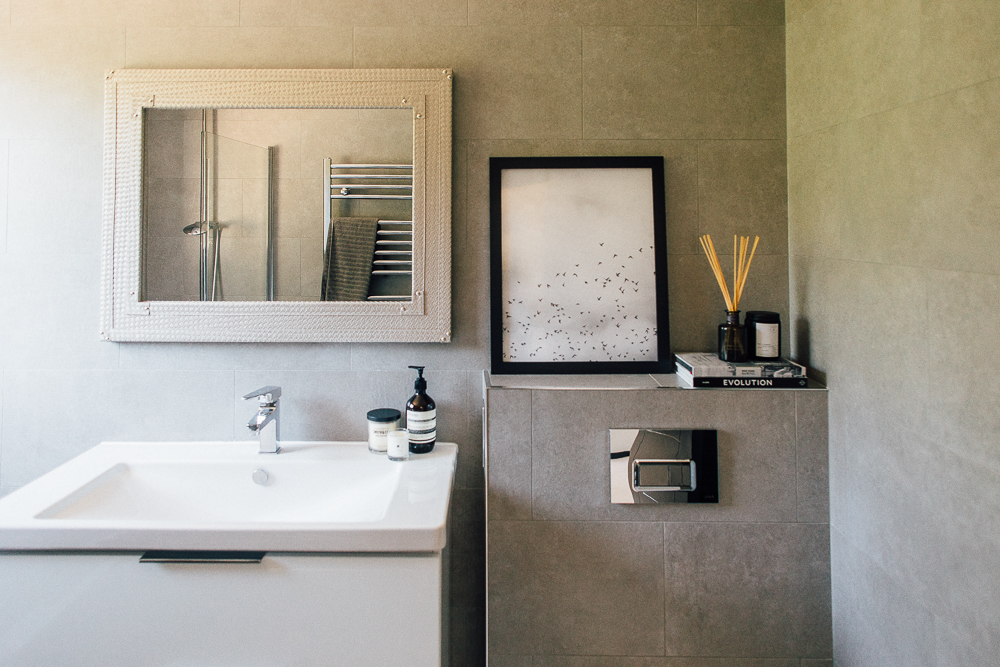
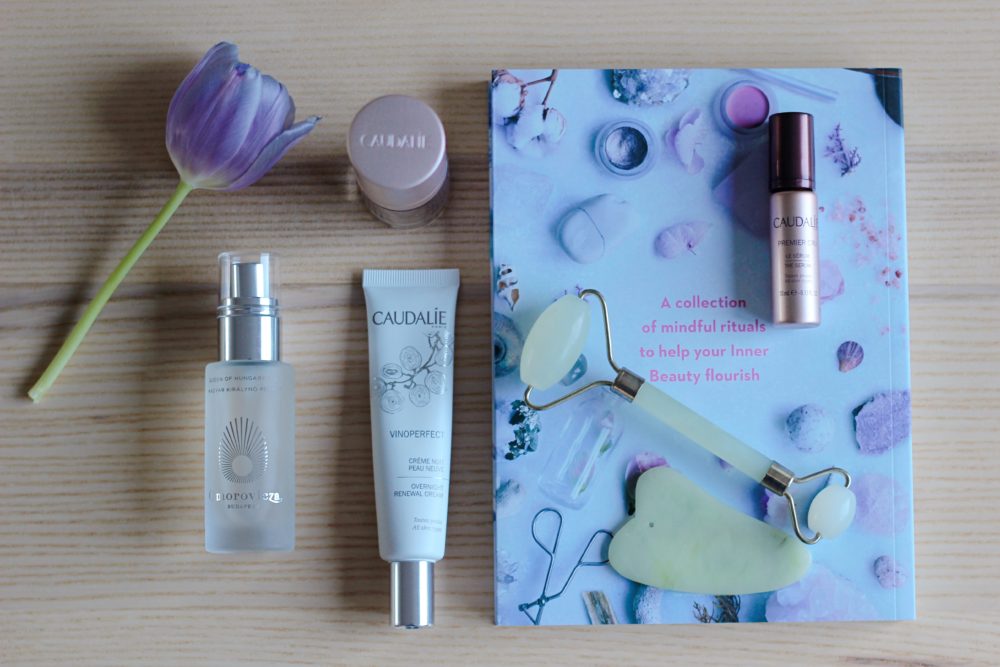
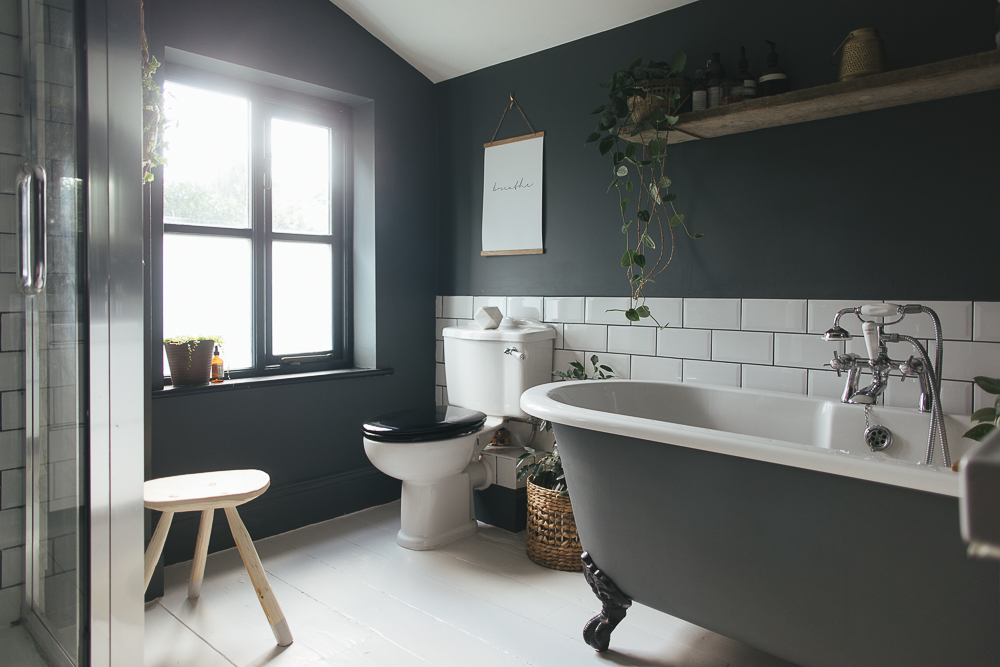
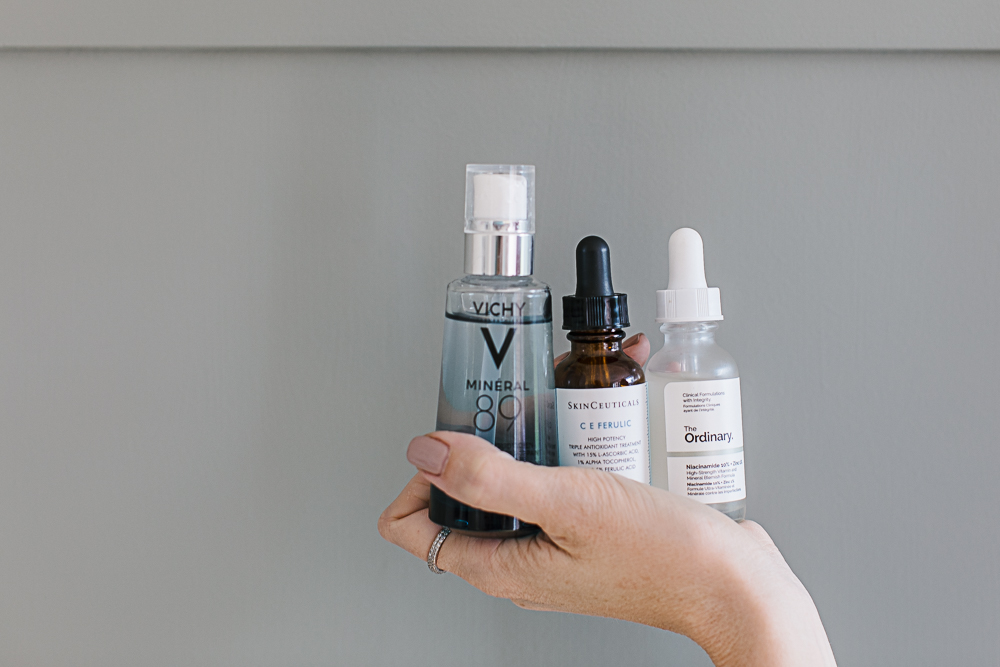

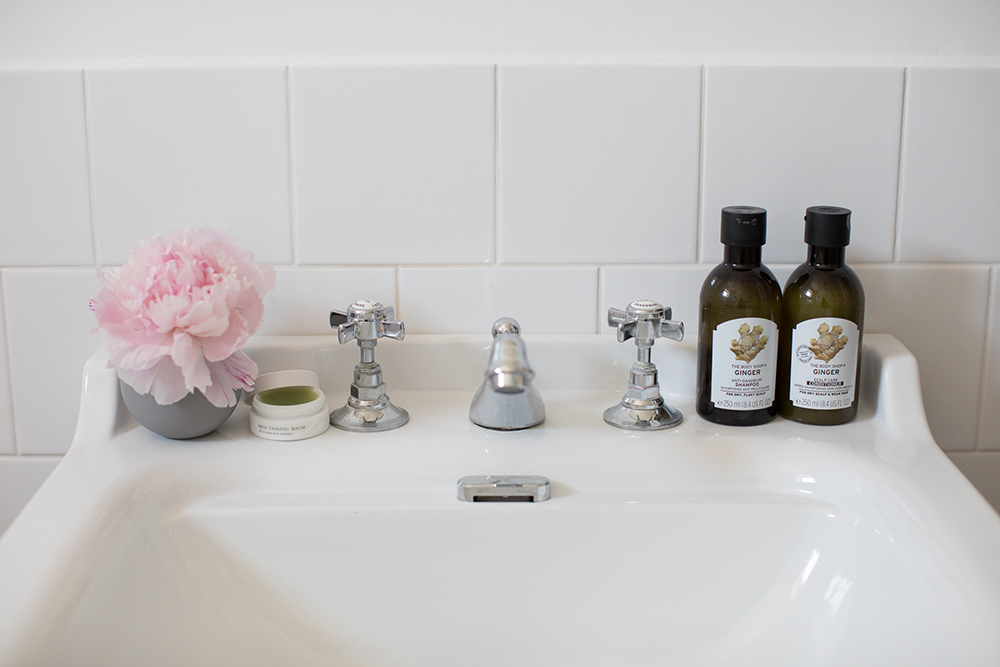


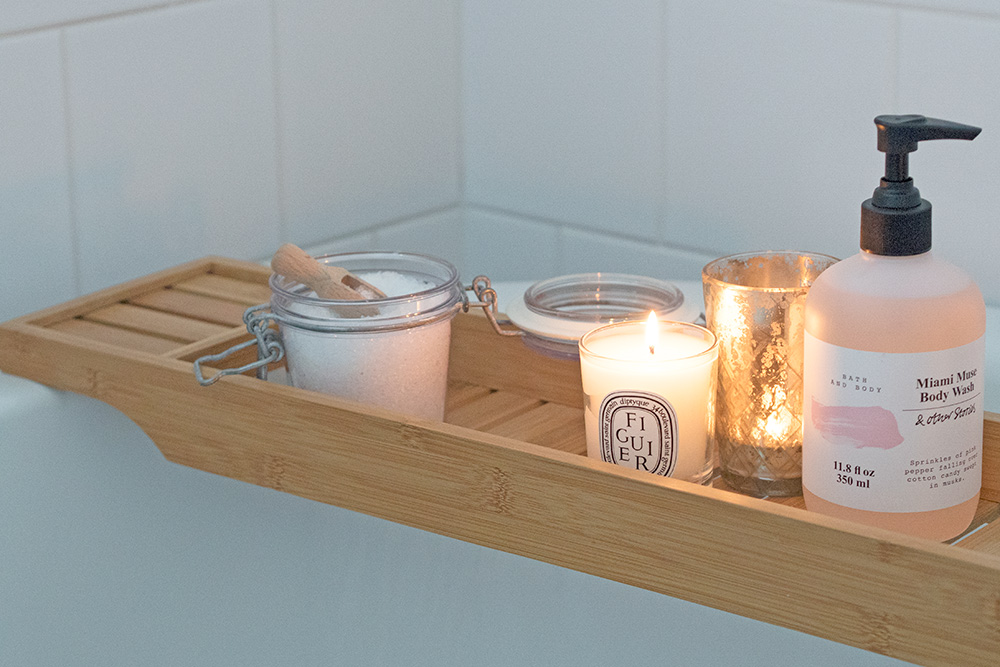
I use biore watery essence in factor 50. I’ve never heard the argument about not using factor 50, but I suppose that only matters if people are using it that way. I don’t spend that long outdoors and certainly don’t increase my exposure to the sun because I feel reassured by a high spf. I have tried a few over the years and they often make my skin feel greasy. This one feels great but I do feel like if I rub my hands over my face an hour or two later, I get product balling up. Not sure whether it’s the sunscreen or because of the combination of the serums and moisturisers I use beforehand. It actually looks like little bits of dirt which makes me worry that I am making my face sticky and attracting adirt!
Yes I’m the same Jade. It wouldn’t make me sit out in the sun longer. I only use SPF30 on the rest of my body so I presume I’m getting my vitamin D kick that way?
I used to get the product balling with a primer I used to use. I definitely had to exfoliate more when I was using it!
I use the Cetaphil and love it! I don’t use anything else on my skin in the morning…although I am very basic with ‘skincare routine’ as the more I use the worse my skin gets!
I use spf50 on my face all year as I’m very pale so it’s just habit. Interesting about high factors but I’ve been trying to use mineral based (which Cetaphil is – titanium dioxide).
Hawaii have banned chemical sunscreen as it’s so damaging to coral – makes you question whether we should put it on our skin!
I didn’t know that about Hawaii Sarah. That is an eye opener.
Do you mean that people wearing chemical suncream are entering the water and it is damaging coral? Or that coral is damaged during the manufacture of the suncream? Sounds worrying either way.
They have banned the sale. The chemicals wash off and damage the coral reefs:
https://edition-m.cnn.com/2018/07/03/health/hawaii-sunscreen-ban/index.html?r=https%3A%2F%2Fwww.google.co.uk%2F
Great post! I use a Clarins UV Plus Anti-Pollution SPF50 Day Screen … it’s a lightweight fluid which I apply after my moisturiser and before my makeup. I have used it for many years and wouldn’t even take the dog out for a walk without the protection on my face. Reason being… I had an Elemis SkinLab consultation. This 3D skin and facial mapping analysis uses clinical imaging. The mapping showed up all the UV damage I had to my skin, areas of dehydration and also bacteria present on my skin… yuk! It was a total eye-opener as to this 3D imagining and areas of damage! This is why I DO NOT expose my face and neck to the suns damaging rays now! Elemis do a Daily Defence Shield SPF30 which is good but I choose to wear Clarins one as it’s a higher SPF. My 17 year old daughter uses SPF50 daily now to protect her beautiful skin.
I’ve heard of folks having this facial mapping and it sounds utterly fascinating. Is it expensive?
Eeek I never wear a proper sun cream on my face unless I’m on holiday or it’s very sunny here 😬 I use an Olay moisturiser that has spf 15 or 20 in it I think… are people thinking this isn’t enough then? If you use a separate spf on your face should you put it on before your moisturiser or after?
Funnily enough I recently received a trial size Ultrasun spf for the face and I’ve used it a couple of times and it is quite nice, not greasy but I’m not sure I’d want it on every day, I just think it would feel like a lot on your face with sun cream and moisturiser then make up? That’s why I prefer moisturiser with spf in I think. This is the Ultrasun one if anyone’s interested…
https://m.feelunique.com/p/Ultrasun-Face-High-SPF-30-Anti-Ageing-Formula-50ml?url=Ultrasun-Face-High-SPF-30-Anti-Ageing-Formula-50ml&slang=EN
Hi Sarah, I ended up using it instead of moisturiser as otherwise I felt a bit caked.
I’ve always seem to react to facial sunscreens however “sensitive” they are. However, I’m liking the ones you can spray over make up this summer. La roche posay and garnier both do one. I always carry one in my bag now and they’re ace. You do look a bit greasy, but it’s summer so I don’t care.
Some of them sting so much!
I have both the Biore Aqua Rich and Beauty Pie Super Healthy Skin™ Ultralight UVA/UVB SPF25 both excellent. Don’t tend to wear a stand alone face cream with them but do use a serum underneath.
(And no, particularly during the winter – late Sept to April – I tend to rely on sunscreen in my regular skin cream and foundation, but then I am barely in the sun!)
I hardly know anyone who wears one in winter Caroline.
I use Clinique’s City Block as it comes in both factor 25 and 40. I’m really impressed as my nose always used to burn, even with suncream, but I haven’t had that problem with City Block.
So good to find one that works for you.
I used to use Roche Posay anthelios spf50 cream all year round. I switched to Origins Ginzing spf40 tinted moisturiser recently after receiving a tester. It is a mineral suncream but absorbs really quickly and the subtle tint is perfect – I have resisted foundation for years.
Love that it has a tint too Elisa.
Interesting post, SPF is the first thing I look for in a moisturiser and I find it surprising how many don’t contain it. I don’t wear foundation so I suppose this is why I like to have spf in my moisturiser every day, all year around. Many years ago I read an article with Anita Roddick who said her best anti aging skincare advice was to wear spf and eat lots of tomatoes and it has stuck with me! I’ve tried a few different brands but just can’t beat this one by Kiehls https://www.kiehls.co.uk/skin-care/category/moisturisers/ultra-facial-cream-spf-30/KHL398.html#start=4&cgid=face-moisturizers
Also worth thinking about lips, I had sunburnt lips a couple of weeks ago and it was so painful! Invested in this tinted lip balm and it smells divine https://www.kiehls.co.uk/skin-care/category/eyes-lips/butterstick-lip-treatment-spf-25/KHL851.html#start=5&cgid=face-eye
You’re so right about lips Ella! And tops of the ears too.
I swear I read something (either a comment on a previous post or may be elsewhere) that SPF in moisturiser or foundation aren’t as effective as using a SPF separately. Something to do with the other ingredients and what else the product needs to do?! Not sure how true it is but since then been wearing a separate SPF. My moisturiser and foundation both happen to contain SPF 15 but I also stick on sun screen as well- factor 50 all the way. I’m pale and red head so no choice really! I don’t like being in the sun and always seek shade these days (when I was younger not so much – I regret that now!) Nothing fancy, just Superdrug’s own brand specific for face. Needs a little time to sink in before putting on foundation but it’s doing the job and that’s all I want!
I think it’s also because you wouldn’t use as much product as you would if you were applying it standalone. When I think of how sheer my base is it’s not going to provide as much coverage as a full-on SPF would.
I use Avene SPF 50 everyday. I like it because it’s not sticky or greasy and doesn’t make me react. It makes for a pretty good base under make up too.
All of my skincare is Avene (although my routine is streamlined anyway), because when I was pregnant my skin became really sensitive.
I should make more of an effort to wear a hat in the sun. I’m aware of the risks of sun exposure, it’s just making the effort until it’s habit, but I’m always surprised when people genuinely don’t know how damaging the sun can be. Seeing people out and about obliviously glowing with sunburn makes me cringe!
The NHS recommend all adults and children (including pregnant and breastfeeding women and breastfed babies) take a 10 microgram vitamin D supplement, at least in the winter months. I have the very reasonably priced unfancy Tesco tablets.
Oh I didn’t know about the NHS recommendations for vitamin D – thanks for mentioning it.
https://www.nhs.uk/conditions/vitamins-and-minerals/vitamin-d/
Just check any multi-vitamins you’re already taking as they might already have vit D in – most of the prenatal ones do.
There’s a really good Wayne Goss film on YouTube explaining how much spf (at least 1ml) we should be using on our faces – and there’s a second one where he repeats it with the amount of foundation (containing spf) you’d need to apply to get the same level of protection. Both are interesting and the foundation one is scarily hilarious. I joined the Caroline Hirons Facebook group, and due to the level 10 enabling that occurs on there I now have 4 face spfs on the go 😬
https://m.youtube.com/watch?v=EEumAt5XCbs
https://m.youtube.com/watch?v=a50PitNmpIE
Off to watch the Wayne Goss videos now Beth!
Sorry about the enabling 😉 x